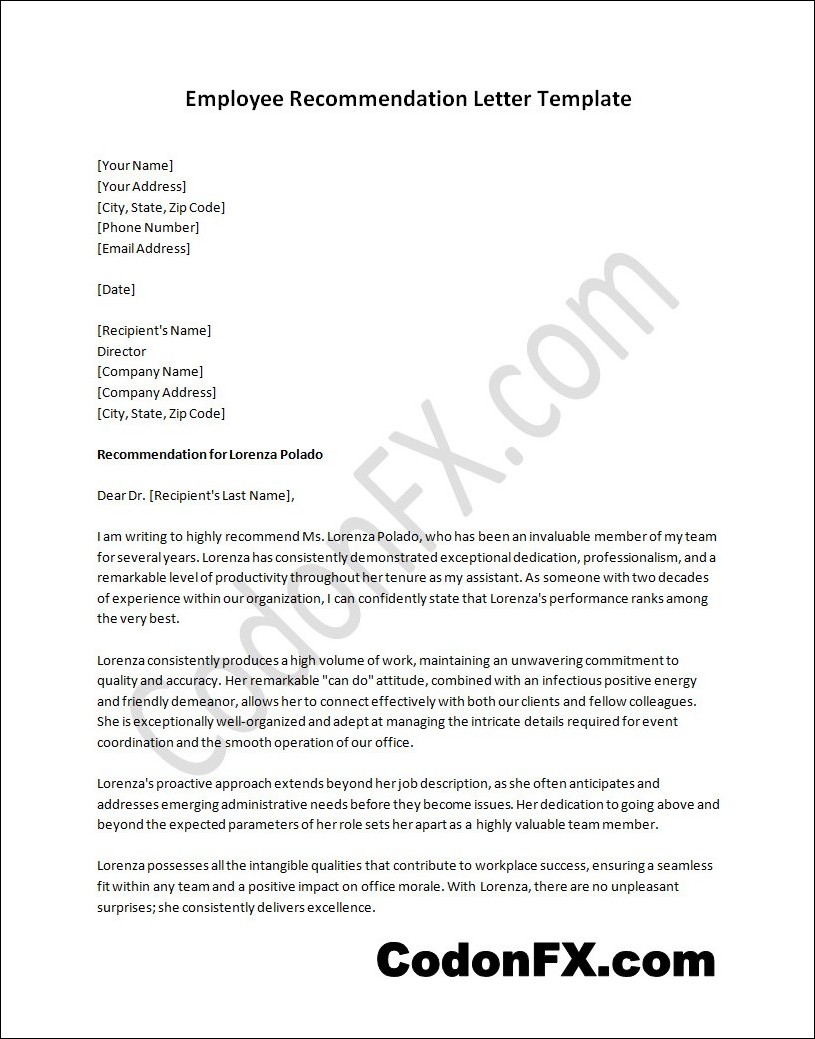
What is a recommendation letter for an employee?
An employee recommendation letter is a written document that serves as a testament to an individual’s skills, abilities, and character. It is typically written by a current or former employer, colleague, or supervisor who can provide insight into the applicant’s qualifications and work ethic. The purpose of an employee recommendation letter is to support a job candidate’s application by providing an unbiased evaluation of their strengths and suitability for a specific position.
One of the primary benefits of an employee recommendation letter is that it adds credibility to a job applicant’s profile. Hiring managers often rely on these letters to gain an external perspective on the candidate’s abilities and potential fit within the organization. By showcasing positive attributes and highlighting relevant accomplishments, the recommendation letter enhances the candidate’s chances of securing the desired position. Moreover, a recommendation letter can also help to establish a positive professional reputation for the person providing the reference.
An employee recommendation letter can also serve as a valuable networking tool. When a trusted professional vouches for someone’s skills and character, it can open doors to new opportunities within the industry. Employers may be more inclined to consider candidates who are highly recommended by individuals they already trust. Furthermore, a well-crafted recommendation letter can strengthen professional relationships and foster a sense of goodwill, potentially leading to future collaborations or mentorship opportunities.
Why HR may be asked to provide employee letters of recommendation?
HR departments may be frequently approached to provide employee letters of recommendation for various reasons.
When employees are seeking new job opportunities or career advancements, they often require letters of recommendation to strengthen their job applications. These letters serve as a testament to the employee’s skills, qualifications, and work ethic, providing potential employers with valuable insights into their capabilities. HR is often the appropriate department to handle such requests as they possess comprehensive knowledge of the employee’s performance, conduct, and contributions to the organization.
HR may be asked to provide employee letters of recommendation to support immigration or visa applications. In these cases, individuals may need to provide evidence of their professional qualifications and achievements to meet the requirements of the immigration process. HR departments are responsible for maintaining employee records and are well-equipped to verify an individual’s employment history, job responsibilities, and notable accomplishments. By providing letters of recommendation, HR can assist employees in their immigration journey by attesting to their skills and achievements, which can positively impact their application outcomes.
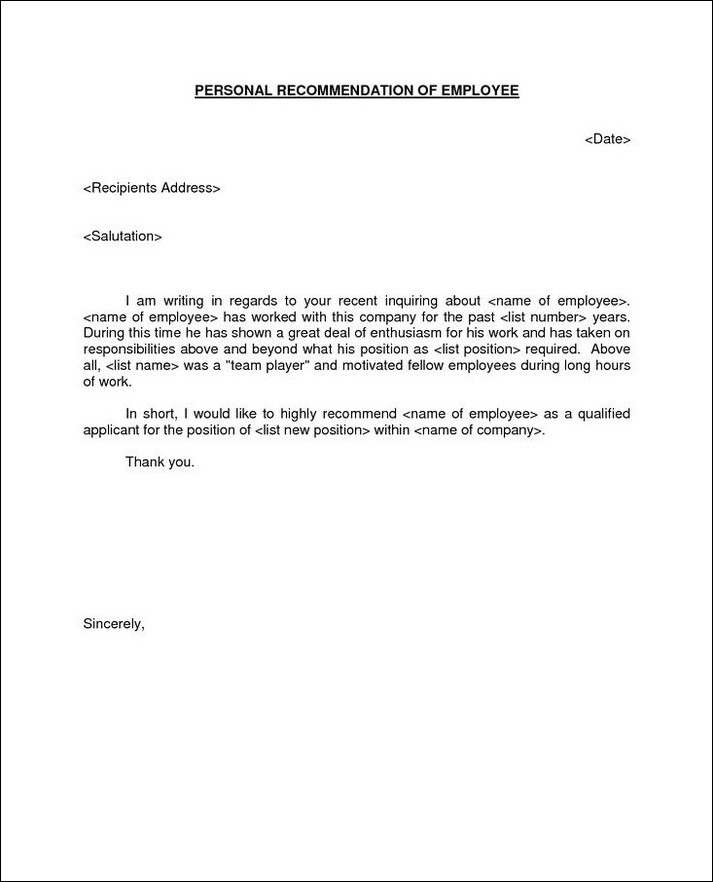
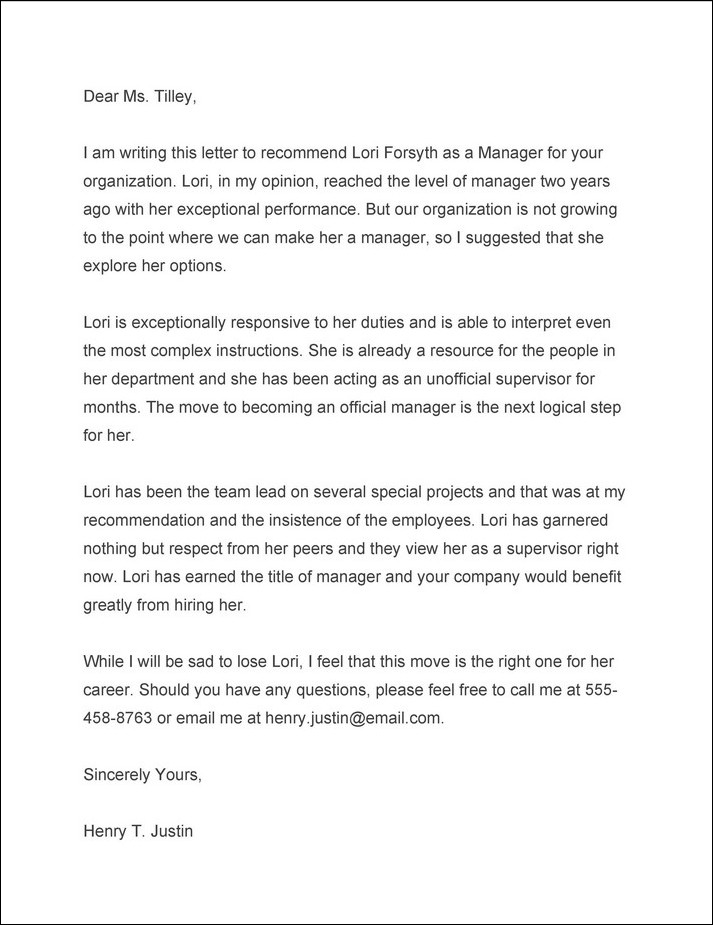
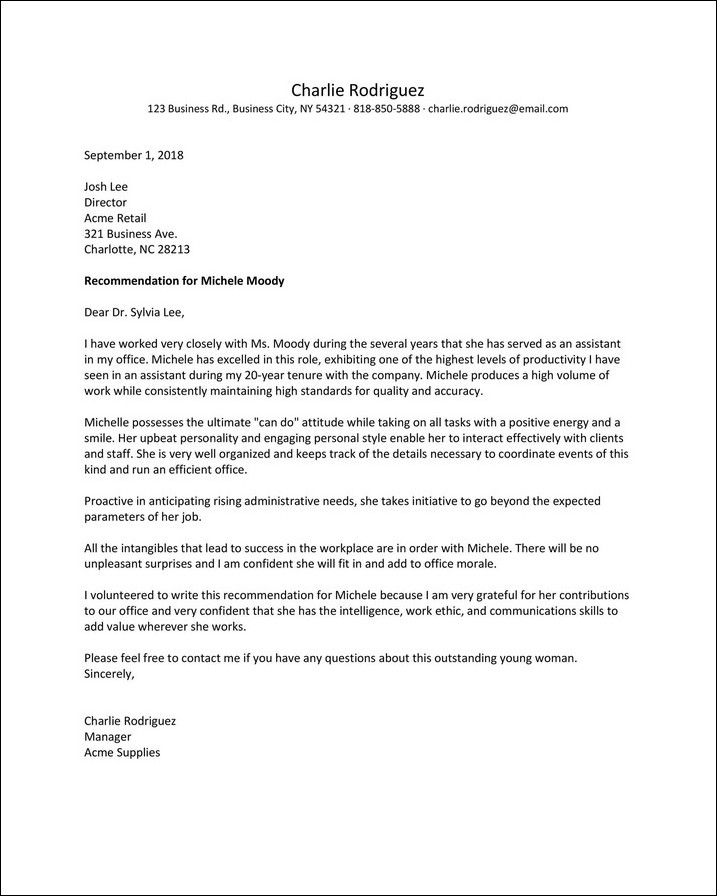
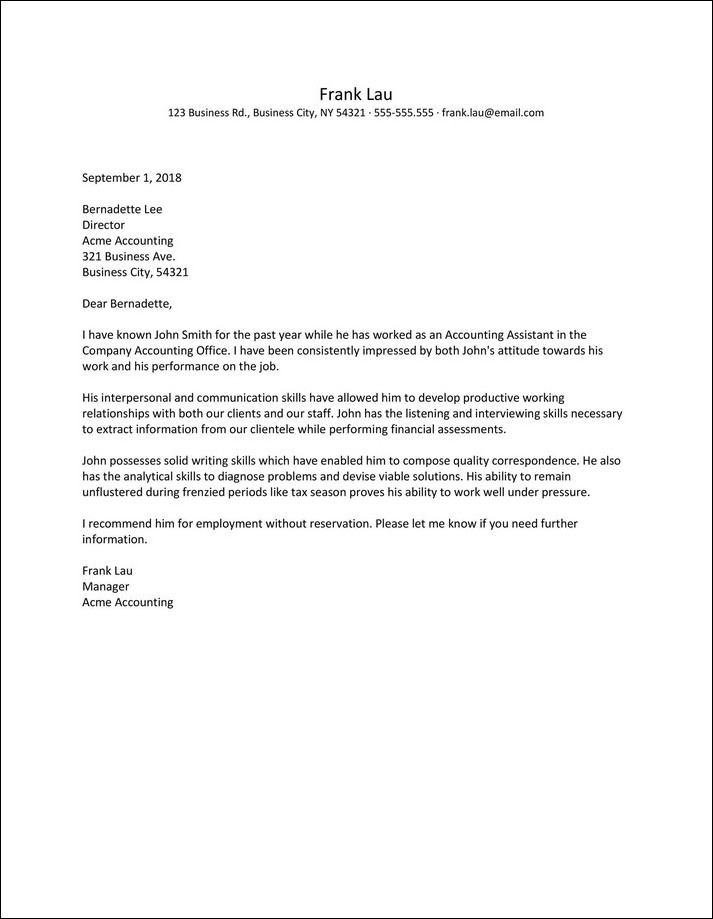
What to include in a letter of recommendation from an employer?
Here are some key elements to include in a letter of recommendation from an employer:
- Introduction: Begin the letter by introducing yourself and your position within the company. State how long you have known the candidate and in what capacity. This will establish your credibility and provide context for your recommendation.
- Job Performance: Discuss the candidate’s job performance, highlighting their strengths and areas of expertise. Provide specific examples of projects they have successfully completed, targets they have met, or any other significant achievements. Use keywords such as “outstanding performance,” “exceeded expectations,” or “consistently met deadlines” to emphasize their accomplishments.
- Skills and Qualifications: Mention the candidate’s relevant skills and qualifications that make them suitable for the position they are applying for. Use LSI keywords such as “technical expertise,” “strong problem-solving skills,” or “excellent communication abilities” to describe their strengths.
- Work Ethic and Teamwork: Comment on the candidate’s work ethic, professionalism, and ability to work well with others. Discuss their reliability, punctuality, and willingness to go above and beyond. Include examples of their collaboration with colleagues or leadership in team projects.
- Personal Characteristics: Address the candidate’s personal qualities that make them a valuable asset. Mention their integrity, adaptability, creativity, or any other traits that are relevant to their potential role. Use phrases like “strong leadership qualities,” “exceptional problem-solving abilities,” or “positive attitude.”
Including these elements in a letter of recommendation from an employer will provide a comprehensive and compelling endorsement of the candidate’s abilities and potential for future success.
How do you write a good letter of recommendation for an employee?
To ensure you write a good letter of recommendation, it is important to follow specific guidelines:
1. Get the specifics
When writing a recommendation letter, it is essential to gather specific information about the employee. This includes their job title, the duration of their employment, key responsibilities, and notable achievements. By obtaining these specifics, you can provide accurate and detailed information in your recommendation. Additionally, it is helpful to ask the employee to provide any specific points they would like you to highlight in the letter, as it allows you to tailor the recommendation to their needs and goals.
2. Follow the correct format
To ensure your recommendation letter appears professional and organized, it is important to follow the correct format. Start by addressing the letter to the appropriate recipient, typically the hiring manager or the person requesting the recommendation. Then, introduce yourself and your relationship with the employee, including the duration and nature of your professional association. In the body of the letter, provide specific examples and anecdotes that showcase the employee’s skills, work ethic, and accomplishments. Finally, conclude the letter by summarizing your recommendation and providing your contact information for further inquiries.
3. Send an email when appropriate
While traditional recommendation letters are typically printed and signed, it is becoming increasingly common to send recommendation letters via email. This can be convenient for both the recommender and the recipient, especially when time constraints are a factor. When sending an email recommendation, ensure the letter is professionally formatted and attached as a PDF or Word document. In the body of the email, briefly introduce the recommendation letter, express your support for the employee, and provide any necessary context or additional information. Remember to use a formal tone and proofread the email before sending it.
Employee Recommendation Letter Template | Word – Download